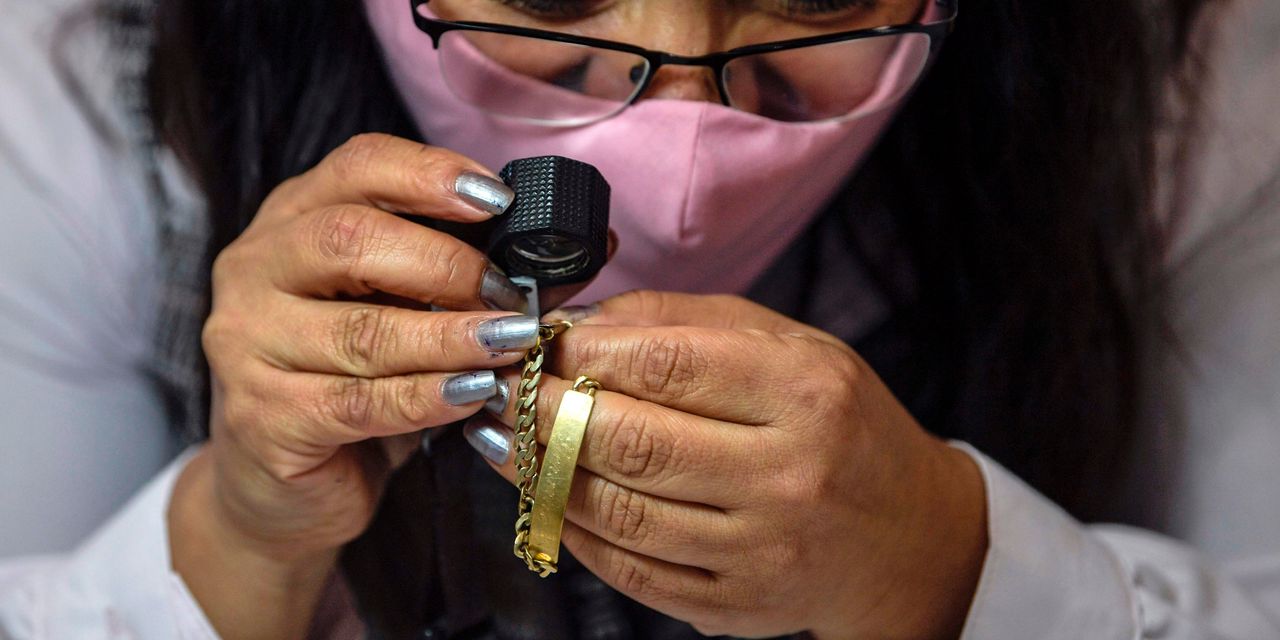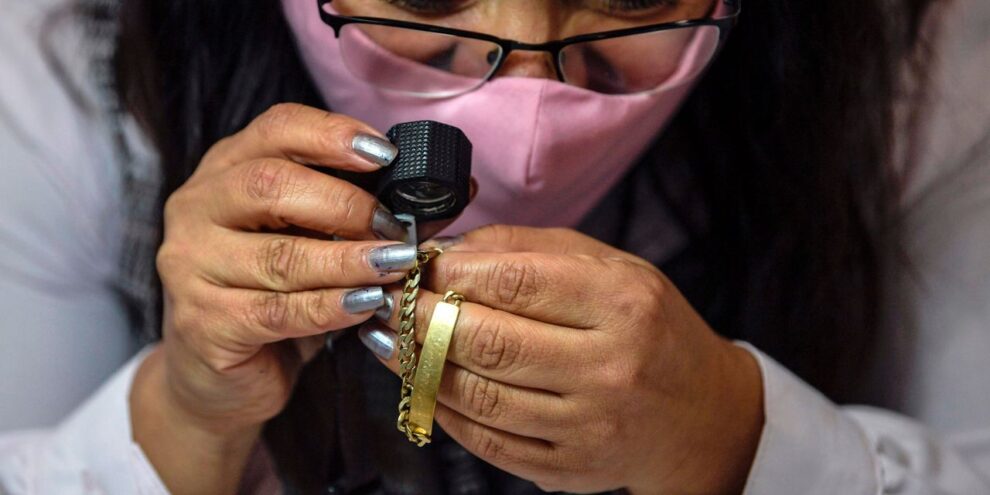
Gold futures climbed for a third day in a row on Thursday to mark their highest settlement in almost two weeks.
Persistent weakness in the U.S. dollar and growing hope that an impasse among entrenched parties in Washington on another coronavirus relief deal will be broken, provided support for the precious metal.
U.S. House Speaker Nancy Pelosi and Senate Minority Leader Chuck Schumer issued a joint statement calling on a bipartisan effort to achieve another round of COVID-19 relief measures, on the back of a proposed $908 billion plan.
On top of that, U.S. Senate Majority Leader Mitch McConnell said reaching a compromise on another coronavirus fiscal package was possible, as long as Democrats moved toward Republican positions.
Still, doubts remain about progress being made to strike a pact before year-end, but investors are starting to bet that a deal, which would be bullish for gold, pointing to more government spending, can be achieved at some point.
Investments in gold have been viewed as a hedge against fiscal stimulus plans that have the potential to revive inflation and increase debt and devalue currencies.
The COVID financial relief talks come as the one-day total of deaths from the pandemic in the U.S. hit a record in the U.S. at 3,157 Wednesday, and newly reported infections were at their second-highest level, surpassing 200,000 for the second time in less than a week.
Against this backdrop, gold has achieved some newfound buoyancy after hitting a roughly five-month nadir earlier this week.
February gold GCG21, +0.68% rose $12.10, or 0.7%, to settle at $1,842.30 an ounce, the highest finish for a most-active contract since Nov. 20, according to FactSet data.
Prices for the metal surged 2.1% on Tuesday and marked the biggest one-day climb in three weeks. Prices on Monday had touched their lowest settlement since July 1.
“The key to Congress reaching a deal on a stimulus package could come from [Friday’s] nonfarm payroll report,” said Edward Moya, senior market analyst at Oanda, in a market update. “The last nonfarm payroll report of the year could show the labor market is in worse shape and that long-term unemployment is out of control.”
The recent moves for gold have also come as the U.S. dollar has weakened to a roughly three-year low, as measured by the ICE U.S. Dollar Index DXY, -0.43%, making the dollar-priced gold bullion more enticing to buyers using other currencies.
So far this year, gold has gained more than 20%, while the dollar index has lost close to 6%, FactSet data show.
Raffi Boyadjian, senior investment analyst at XM, said that dollar’s softening has helped gold recoup much of its recent lost ground, after the prospect of viable COVID-19 vaccines dulled the luster of the haven asset.
Gold has been “having a better day, benefiting from the dollar’s persistent weakness,” the XM analyst said.
Gold briefly lost some momentum after data on weekly jobless claims showed that Americans seeking claims for unemployment benefits fell to 712,000 in late November from 787,000.
Meanwhile, March silver SIH21, +0.24% added 6 cents, or 0.2%, to settle at $24.137 an ounce after slipping by less than 0.1% in the prior session.
March copper HGH21, -0.17% settled roughly unchanged at $3.4905 a pound following its recent rise to the highest levels since 2013.
January platinum PLF21, +2.43% rose 2.6% to $1,038.60 an ounce and March palladium PAH21, -4.07% lost nearly 3.8% to $2,317.90 an ounce.



